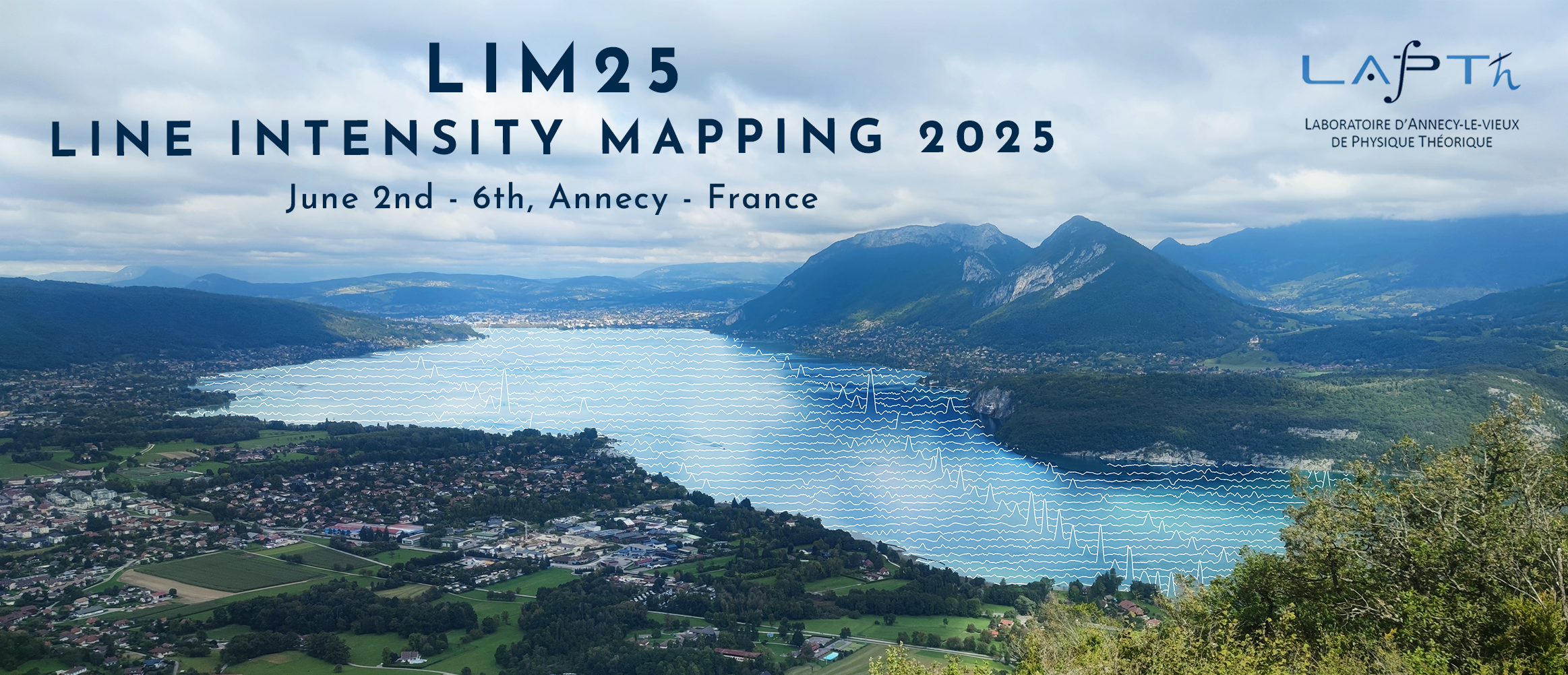Orateur
Description
Recent observations by the James Webb Space Telescope have discovered numerous high-redshift galaxies, suggesting that galaxies may have evolved from an earlier stage of the Universe than expected. Exploring when heavy elements like carbon began to accumulate in the universe is an essential question in astronomy. Line intensity mapping (LIM) at millimeter to sub-millimeter wavelengths provides a comprehensive understanding of high-redshift galaxies, including both bright and faint ones, and their carbon contents by detecting signals from C+, C0, and CO. The Terahertz Integral Field Unit with Universal Nanotechnology (TIFUUN)[1], which leverages the integrated superconducting spectrograph technology demonstrated by DESHIMA [2][3][4], will provide a new capability for the sub/mm-LIM when deployed at the Atacama Sub-millimeter Telescope Experiment (ASTE).
In this study, we present a realistic mock based on the hydrodynamic IllustrisTNG300-1 simulation to model both high-z [C II] signals and foreground CO line emissions. We find that faint CO emitters with star formation rates of > ~1 M_sun yr⁻¹ dominate the foreground signal, which shows the importance of better characterizing their spectral line energy distributions (CO-SLEDs). We demonstrate that cross-correlation between CO lines and galaxy distributions provides a promising approach to constrain average CO line ratios in these faint emitters. Using this insight, we propose an optimized dual-band configuration for the upcoming SUBLIME-TIFUUN instrument on ASTE, enabling simultaneous observations of CO(3–2)/CO(5–4) at z ~ 1 and CO(4–3)/CO(7–6) at z ~ 2, alongside [C II] at z ~ 6. These developments pave the way for improved foreground mitigation strategies in LIM experiments and deeper insights into faint galaxy populations across cosmic time.
[1] Nishimura, Y., et al. 2025, LTD2025
[2] Endo, A., et al. 2019, Nature Astronomy, 3, 989
[3] Taniguchi, A., et al. 2022, Journal of Low Temperature Physics, 209, 278
[4] Endo, A., et al. 2025, LTD2025

